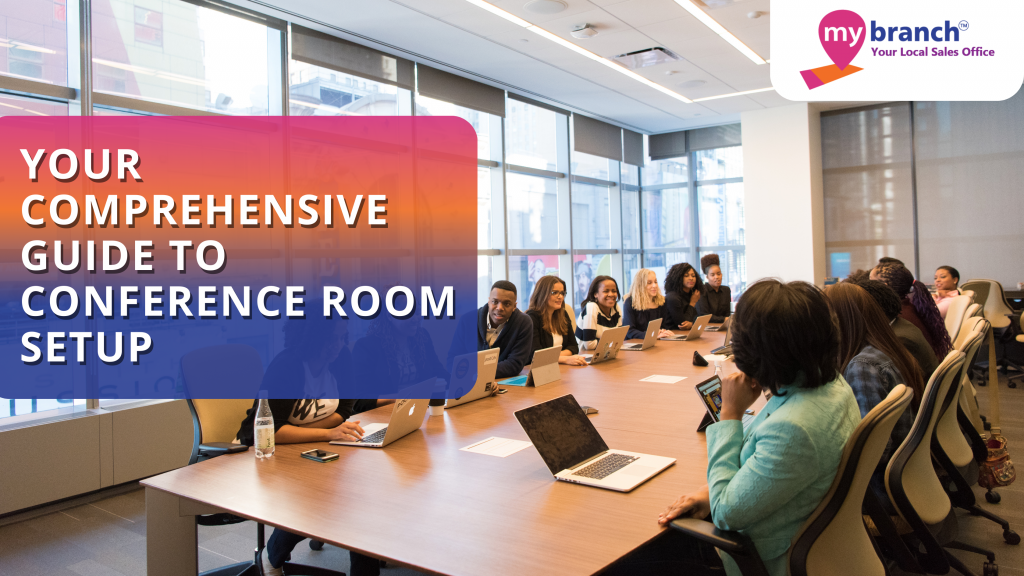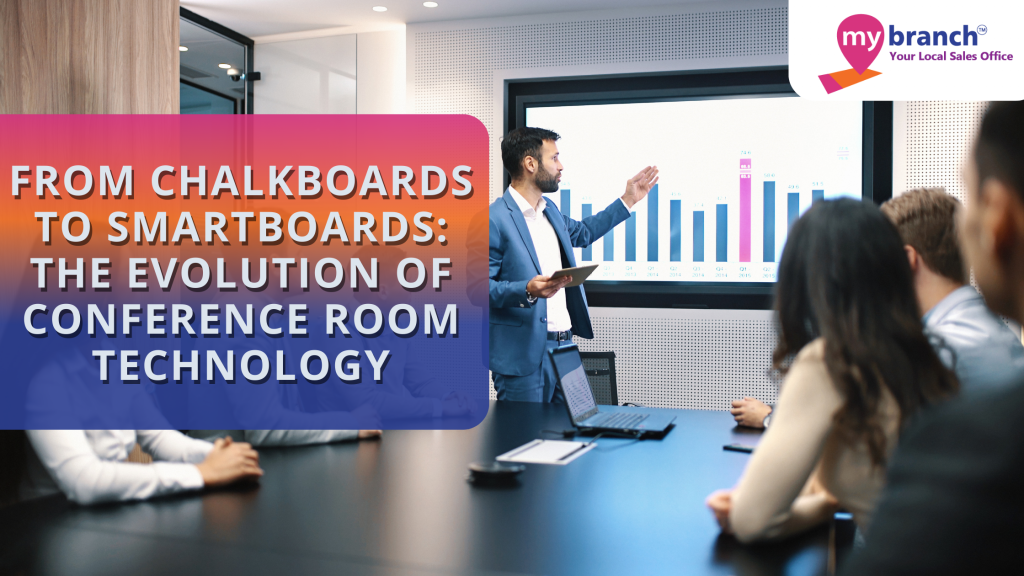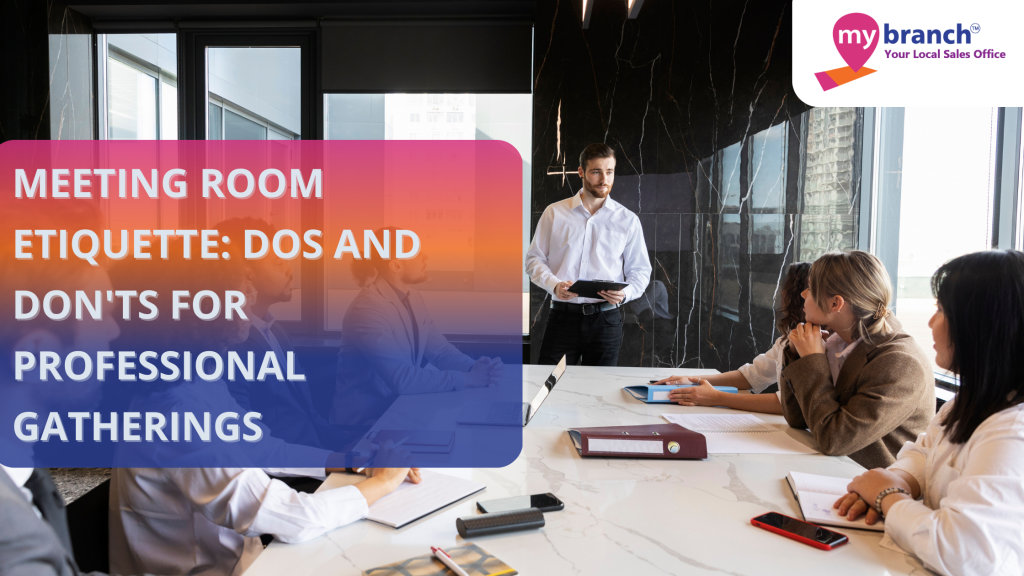
The environment in which decisions are made can greatly influence the outcomes of those decisions. This is particularly true in the context of entrepreneurial decision-making, where the stakes are high and the pressure is intense. While factors like data analysis, market trends, and business acumen play crucial roles, the subtle influence of the meeting room environment is often overlooked. This blog delves into the psychology of meeting rooms and how they impact the decisions made by entrepreneurs, particularly in the context of office meeting rooms and coworking office spaces.
The Subtle Power of the Meeting Room Environment
When entrepreneurs step into a meeting room, they enter a space where critical decisions about their business will be made. The design, layout, and even the color of the walls in the meeting room can all subtly influence how they think, feel, and ultimately decide. Understanding these psychological triggers can help entrepreneurs create or choose spaces that enhance their decision-making capabilities.
1. The Influence of Room Layout on Group Dynamics
One of the most immediate factors influencing decision-making in a meeting room is the layout of the space. The arrangement of furniture, seating positions, and even the proximity of participants to one another can affect group dynamics.
a. Round Tables: A round table often promotes equality among participants. There’s no “head of the table,” which can encourage more open discussions and a free exchange of ideas. Entrepreneurs may find that this layout fosters collaboration and creativity, making it ideal for brainstorming sessions.
b. Rectangular Tables: In contrast, a rectangular table tends to create a hierarchy. The person sitting at the head of the table is often perceived as the leader, which can influence the flow of conversation. This setup might be more suitable for situations where clear leadership is required, such as when making final decisions or discussing strategic plans.
c. Flexible Seating: In coworking office spaces, flexible seating arrangements allow entrepreneurs to choose their preferred environment. Some may opt for standing desks or cozy nooks for informal discussions, which can influence the tone and outcome of meetings.

2. The Role of Lighting in Cognitive Functioning
Lighting is a crucial, yet often overlooked, aspect of meeting room design. It can have a significant impact on an entrepreneur’s ability to focus, process information, and make decisions.
a. Natural Light: Exposure to natural light is known to improve mood, increase alertness, and boost productivity. Meeting rooms with large windows that let in plenty of daylight can help entrepreneurs feel more energized and engaged, leading to better decision-making.
b. Artificial Lighting: In contrast, harsh fluorescent lighting can cause eye strain and fatigue, making it harder for participants to concentrate. On the other hand, warm, ambient lighting can create a more relaxed atmosphere, which might be beneficial for creative discussions or long meetings where maintaining energy levels is crucial.
3. The Psychological Impact of Color
The color scheme of a meeting room can have a profound impact on the psychological state of its occupants, influencing their emotions and thought processes.
a. Blue: Often associated with calmness and stability, blue can help reduce stress and promote clear thinking. Entrepreneurs might find that a blue meeting room helps them stay focused during intense discussions.
b. Green: Green is associated with balance and growth. It’s a color that can help reduce anxiety and promote a sense of well-being. Meeting rooms with green accents might be particularly beneficial for discussions that involve brainstorming and creative problem-solving.
c. Red: Red is a powerful color that can increase heart rate and stimulate energy. While it might be useful in situations where quick, decisive action is required, it could also lead to increased tension in high-stress situations. Entrepreneurs should be mindful of how much red is incorporated into the design of their meeting rooms.
4. The Role of Technology in Productivity Enhancement
In today’s digital age, the integration of technology into meeting rooms is essential. The ease with which participants can share information, present data, and communicate with remote team members can greatly influence the efficiency and outcomes of a meeting.
a. High-Quality AV Equipment: Having reliable audio-visual equipment ensures that presentations run smoothly, and remote participants can engage fully in the discussion. Entrepreneurs should ensure that their meeting rooms are equipped with up-to-date technology to avoid technical glitches that can disrupt the flow of a meeting.
b. Smart Meeting Rooms: Some modern meeting rooms are equipped with smart technology, such as automated lighting, climate control, and voice-activated assistants. These features can create a more comfortable and efficient environment, allowing entrepreneurs to focus on the content of the meeting rather than the logistics.
5. The Influence of Coworking Spaces on Entrepreneurial Collaboration
Coworking office spaces offer a unique environment where entrepreneurs from different industries can collaborate and share ideas. The design and atmosphere of these spaces can significantly impact how entrepreneurs interact and make decisions.
a. Open vs. Private Spaces: While open areas in coworking spaces encourage spontaneous interactions and networking, private meeting rooms within these spaces offer a controlled environment for focused discussions. Entrepreneurs should consider the nature of their meetings when choosing between open and private spaces.
b. Community Influence: The presence of a diverse community in a coworking office space can also influence decision-making. Exposure to different perspectives and industries can lead to more innovative solutions and broaden an entrepreneur’s thinking.
Conclusion
The psychology of meeting rooms is a critical, yet often underestimated, factor in entrepreneurial decision-making. From the layout and lighting to the color scheme, every aspect of a meeting room can influence how entrepreneurs think, communicate, and ultimately make decisions. Whether in a traditional office meeting room or a coworking office space, understanding these environmental influences can help entrepreneurs create spaces that enhance their decision-making processes, leading to better business outcomes.








